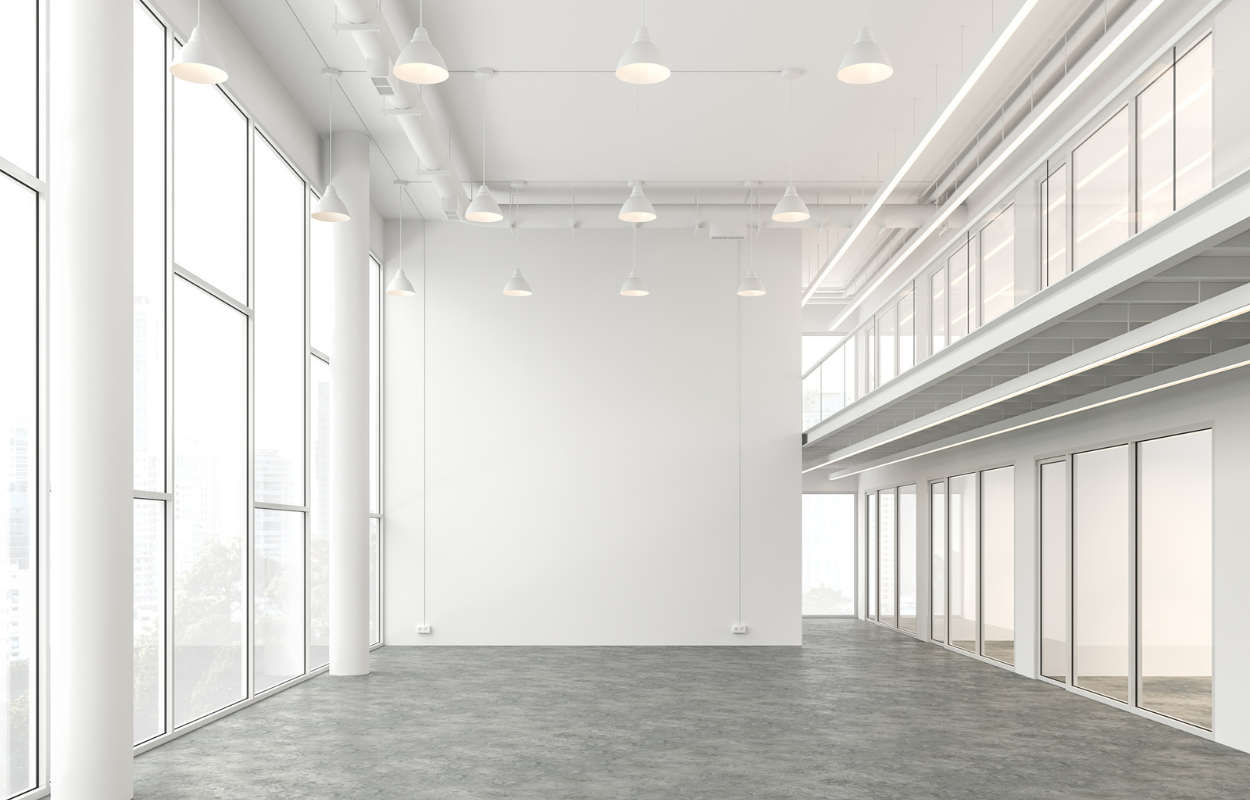Rethinking Vertical Storage: A Guide to Installing a Mezzanine in Your Warehouse


When it comes to maximizing space in a warehouse, many businesses are now turning to mezzanines as a solution for efficient vertical storage. By adding a mezzanine, you can effectively double the usable square footage of your facility without the need for costly expansions or relocations. However, if you're considering installing a mezzanine in your warehouse, there are several factors to keep in mind to ensure a successful project.
One of the first steps in rethinking vertical storage with a mezzanine is to assess your warehouse layout and determine the best location for the mezzanine. Consider factors such as ceiling height, column spacing, and the flow of operations in your facility. The goal is to install the mezzanine in a way that optimizes space while still allowing for efficient movement of goods and personnel. Working with a professional mezzanine provider can help you determine the ideal location and design for your specific needs.
Another important consideration when installing a mezzanine is ensuring that it complies with local building codes and regulations. Depending on the size and intended use of the mezzanine, you may need to obtain permits and have the structure inspected to ensure it meets safety standards. Working with a reputable mezzanine provider will help ensure that your installation is in compliance with all relevant codes and regulations, giving you peace of mind that your new vertical storage solution is both safe and legal.
Before installing a mezzanine, it's also crucial to consider how it will be accessed. Depending on the layout of your warehouse, you may need to install stairs, ladders, or a lift to allow personnel to easily reach the mezzanine level. Accessibility is key to ensuring that your vertical storage solution is practical and efficient, so be sure to factor in access points when planning your mezzanine installation.
When it comes to the design of your mezzanine, there are several options to consider. Some businesses opt for a structural steel mezzanine, which is a durable and customizable option that can support heavy loads. Others may choose a prefabricated mezzanine, which is quicker to install and can be easily reconfigured or expanded in the future. Whichever type of mezzanine you choose, be sure to work with a provider who can offer expert advice on design and customization to meet your specific storage needs.
Once your mezzanine is installed, it's important to establish proper safety protocols to ensure the well-being of your employees. This may include training on how to safely navigate the mezzanine, as well as implementing safety features such as guardrails, gates, and non-slip surfaces. By prioritizing safety, you can prevent accidents and injuries in your warehouse, creating a secure environment for all personnel working around the mezzanine.
In addition to safety measures, it's also essential to regularly inspect and maintain your mezzanine to ensure its longevity and functionality. By scheduling routine inspections and addressing any issues promptly, you can extend the lifespan of your vertical storage solution and maximize its effectiveness in your warehouse. A well-maintained mezzanine will continue to serve your storage needs for years to come, providing a valuable investment in your facility's efficiency and productivity.
Overall, rethinking vertical storage with a mezzanine can offer numerous benefits for businesses looking to optimize their warehouse space. By carefully planning the installation, ensuring compliance with regulations, considering access points, choosing the right design, prioritizing safety, and maintaining the structure, you can enjoy a cost-effective and efficient storage solution that supports your evolving business needs. With the help of a trusted mezzanine provider, you can transform your warehouse into a well-organized and productive space that maximizes every inch of available storage.